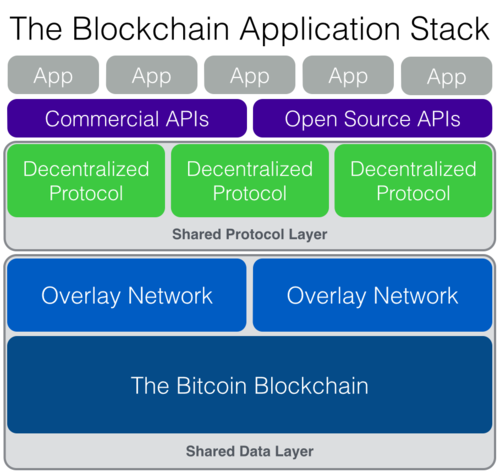We didn’t have tech culture magazines back in the 80s. There were things like Computer Shopper and probably Tandy catalogues, but, with perhaps the exception of nascent video game mags, no-one loved the change of experience that was coming – it was all about hardware and tech specs. God, it was dull.
I distinctly remember reading an article about a new CD player in a solemn hi-fi publication. The reviewer found it hilarious that the remote control had an eject button. He thought it must clearly have been an oversight as what was the point in ejecting a CD from across the room? You had to go to the machine anyway, so who needed such a button?
Of course, all remote controls now have such buttons. No-one needs them, but little, marginal conveniences all add up to a better product experience.
But people don’t like change. It makes them uncomfortable. And it’s much easier to direct that inner discomfort externally with left-brain scoffing about why something won’t work and asking whether people realy need them.
The Apple Watch reminds me of that review. I took delivery of mine this week and I know this is the start of something.
The killer benefit of the Watch is that you spend less time needing to fish your phone out of your pocket, unlocking it and navigating to the app you need.
Now text messages, sports scores, walking directions and more are a simple glance away. Leave the phone in your pocket, your bag or on the kitchen table.
That doesn’t sound like a huge existing problem being solved, but when you experience the simpler, smoother experience, you don’t want to go back.
It’s a bit like having the CD already ejected by the time you’ve walked over to the player.






